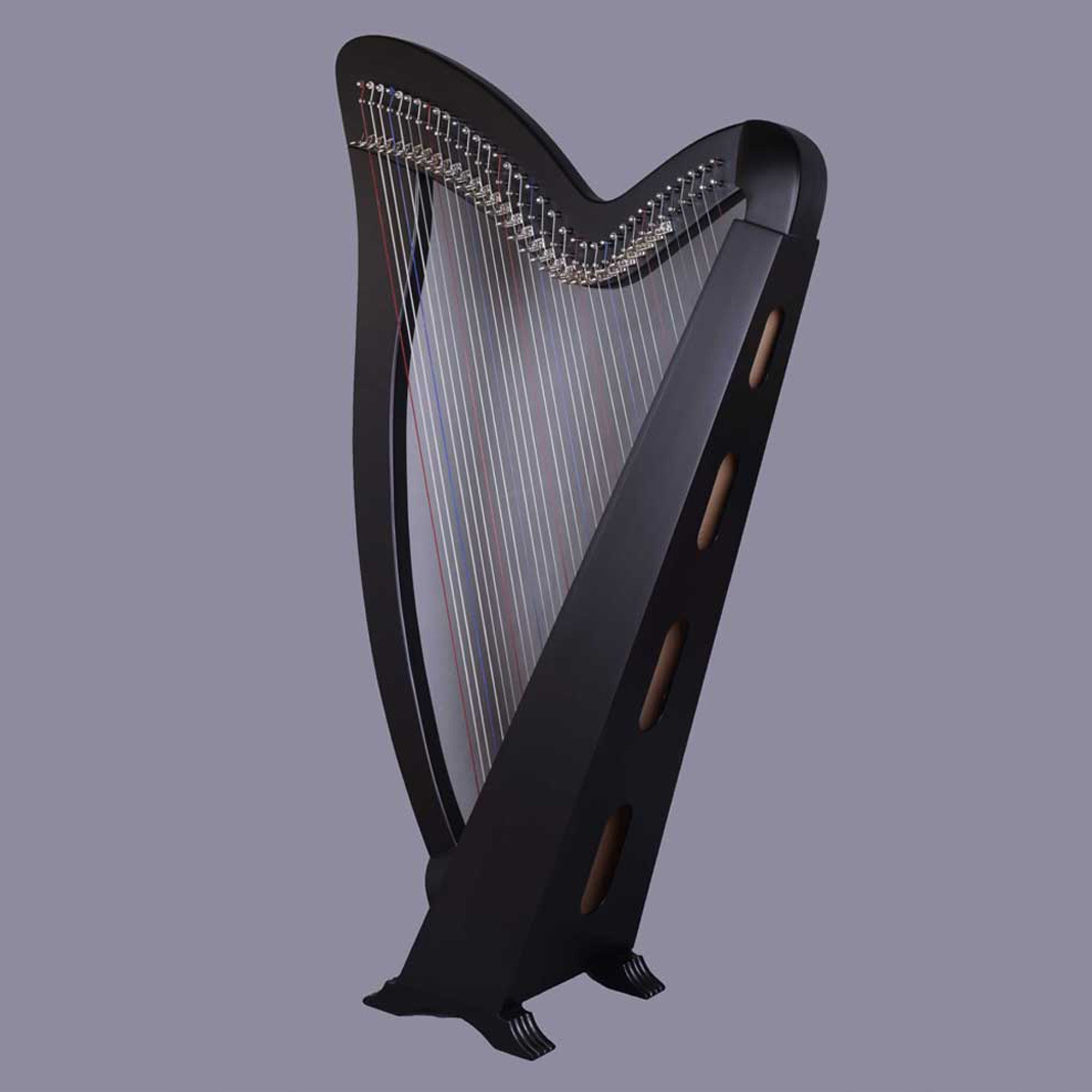

It was an ſ-shaped valveless horn made of beaten bronze and consisted of a tube between one and two meters in length, whereas the diameter of the tube is unknown. The carnyx (plural: carnyces Greek: κάρνυξ-"karnyx"-or rarely: καρνον-"karnon") was a Celtic- Dacian variant of the Etruscan-Roman lituus and belongs to the family of brass instruments. However, Celtic music culture was spread inhomogeneously across Europe: Maximinus Thrax, the Thracian-Roman emperor of Gothic descent, annoyed his fellow Romans because he was unable to appreciate a mimic stage song. The Gauls took great pride in their musical culture, which is shown by the remark of Gaius Iulius Vindex, the Gallic rebel and later senator under Claudius, who shortly before the arrival in Rome called emperor Nero a malus citharodeus ("bad cithara player") and reproached him with inscitia artis ("ignorance of the arts").


By the time of Augustus musical education must have widely gained ground in Gaul, otherwise Iulius Sacrovir couldn't have recruited erudite Gauls, after Sacrovir and Iulius Florus had occupied the city of Augustodonum during the Gallic insurrection in AD 21. Independent of the validity of Cicero's remark the situation was different for the Gallic regions. In 54 BC Cicero wrote that there were no musically educated people on the British isle. Most of the information on ancient Celtic music centres on military conflicts and on maybe the most prominent Celtic instrument of its time, the carnyx. Deductions rely primarily on Greek and Roman sources as well as on archaeological finds and interpretations including the reconstruction of the Celts' ancient instruments. Music was surely an integral part of this old cross-European culture, but with only very few exceptions its characteristics have been lost to us. The Hallstatt culture and especially the later La Tène culture are characterized by a high aesthetic level, which must have also left traces in ancient Celtic music. The ancient Celts had a distinct culture, which is shown by their very sophisticated art work. For the modern folkloristic genre and its history see Celtic music. It’s mounted between the two strings and can’t be taken out.This article is about the music and instruments of the ancient Celts until late Antiquity. The erhu’s bowl is made up of bamboo and horsetail hair. The sandbox is usually covered with python or snakeskin on one side and ornamental wood on the other. Unlike the violin, it has no fingerboard so the player’s fingers must press the strings at the desired point.īecause the erhu has no frets, the tone is lightly muddied, yet still resonant. It has an octagonal or round sound box at the bottom with a long neck and two tuning pegs, one for each of the two strings. Many different types of hardwoods are used in constructing the erhu, but many consist of rose and red sandalwood. This alto or middle-range instrument has a history that dates back 4,000 years! The erhu, also known as the “spike fiddle,” is the most common of the Huqin family of bowed string instruments that are popular in Chinese music. 10 string instruments from around the world 1. In the following article, we’ll take a look at some of the most popular as well as the lesser-known string instruments from around the world. Well according to the Encyclopedia Britannica it’s considered “any musical instrument that produces sound by the vibration of stretched string which can either be made of metal, silk, animal guts, vegetable fiber and artificial materials such as plastic or nylon.” However, what actually makes a string instrument a string instrument? These range from single-stringed diddley bows to 88-stringed pianos and so on. It is estimated that there are approximately 300 instruments that belong to the string family. There are probably more string instruments than any other type of instrument in the world.


 0 kommentar(er)
0 kommentar(er)
